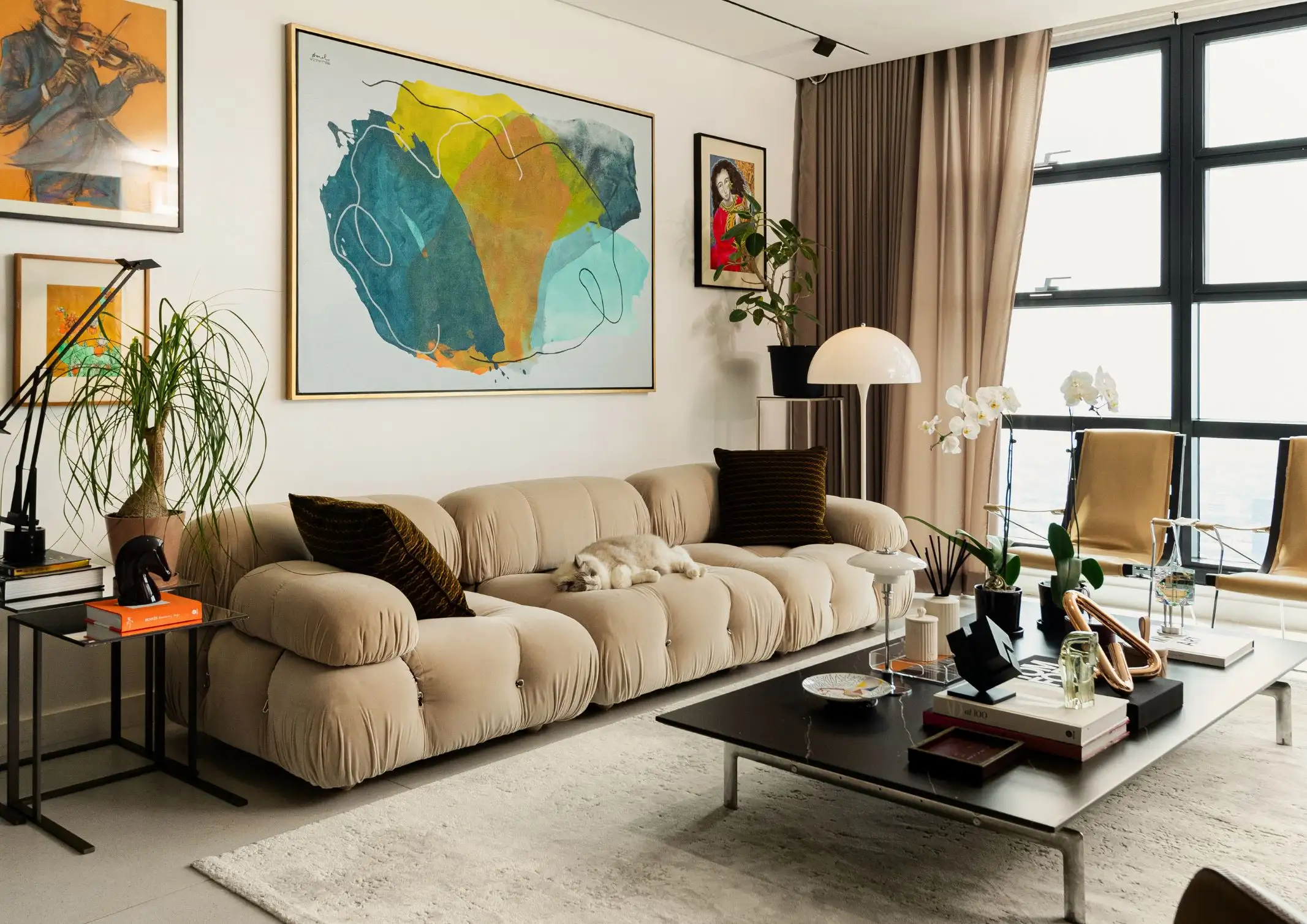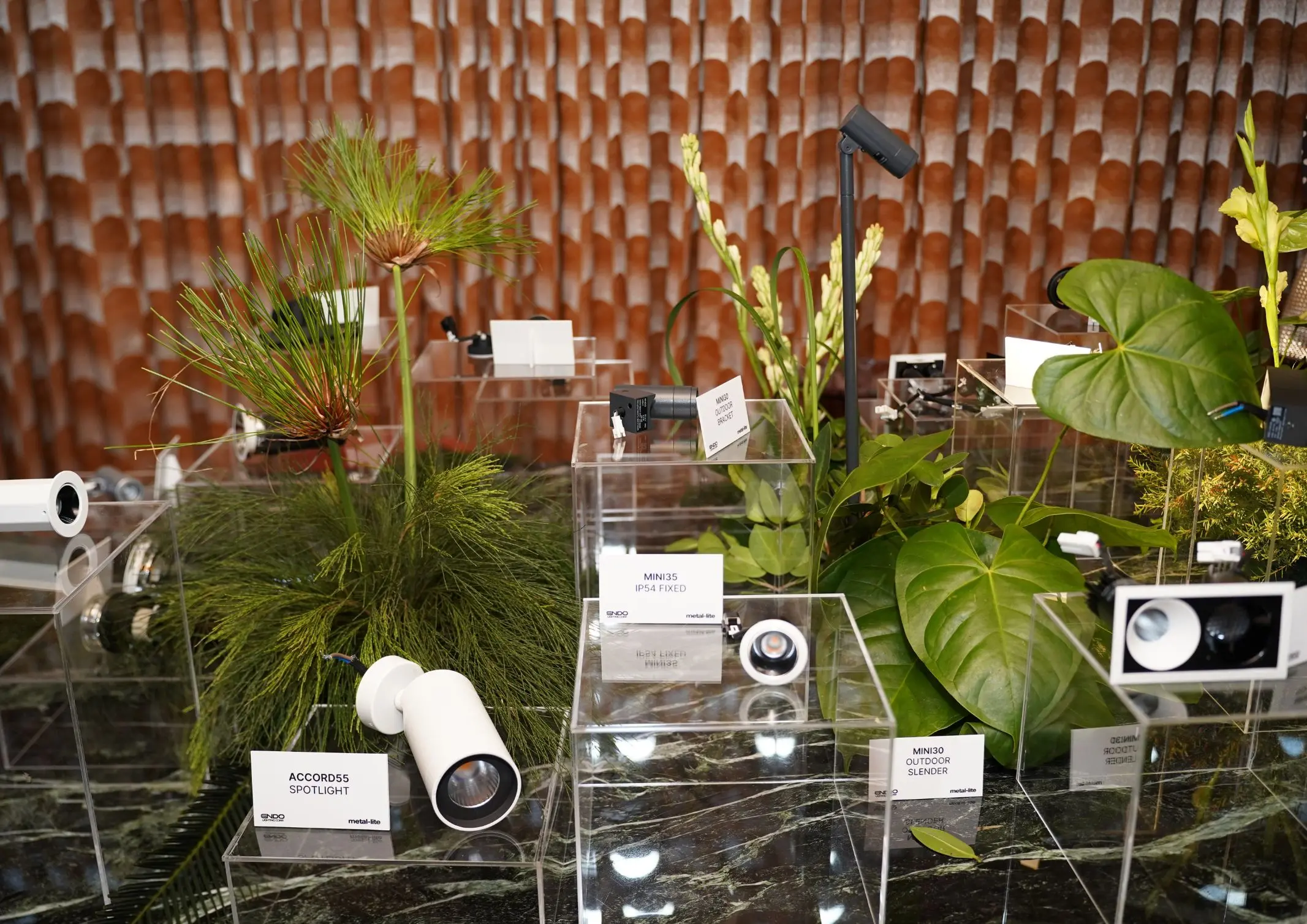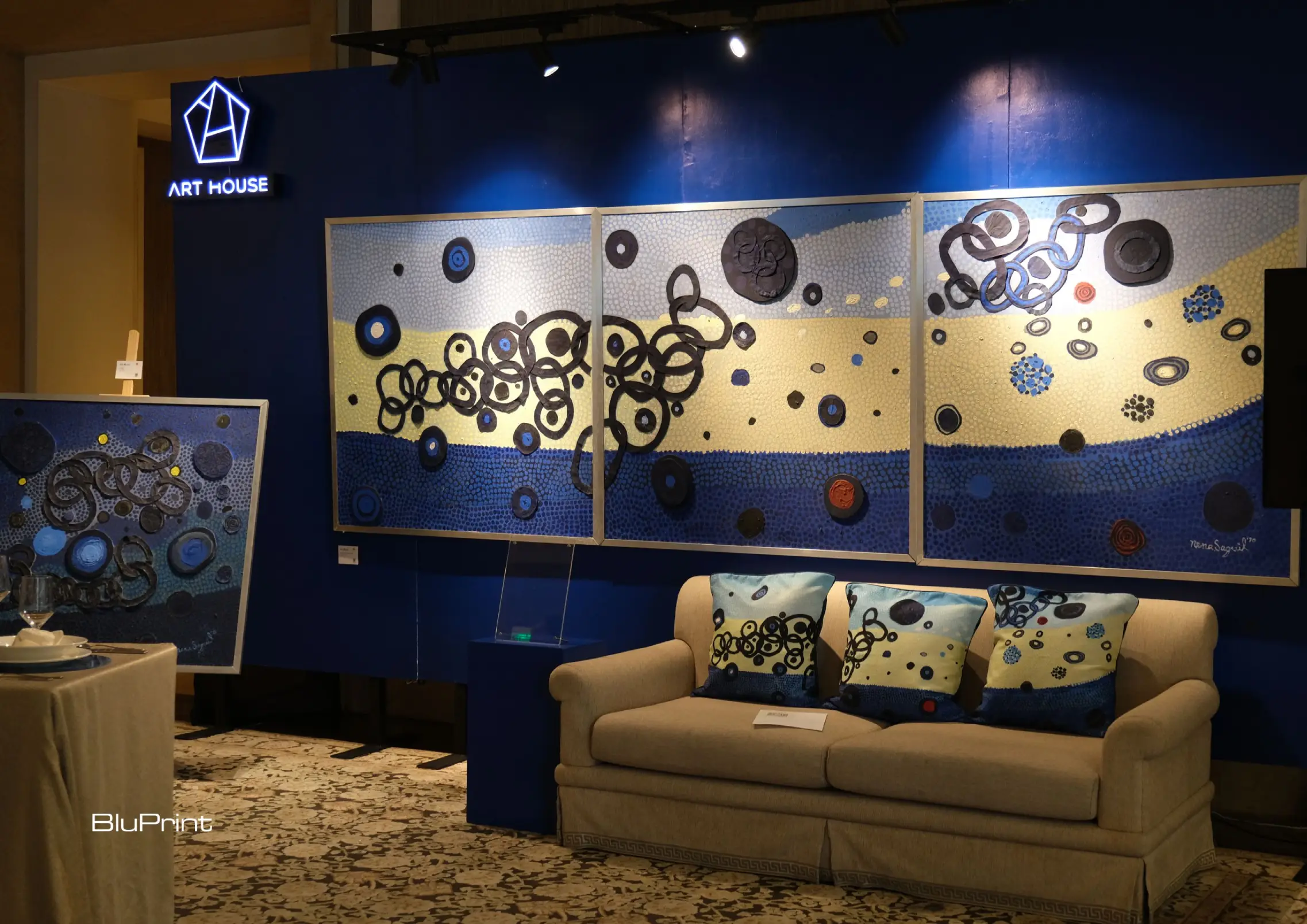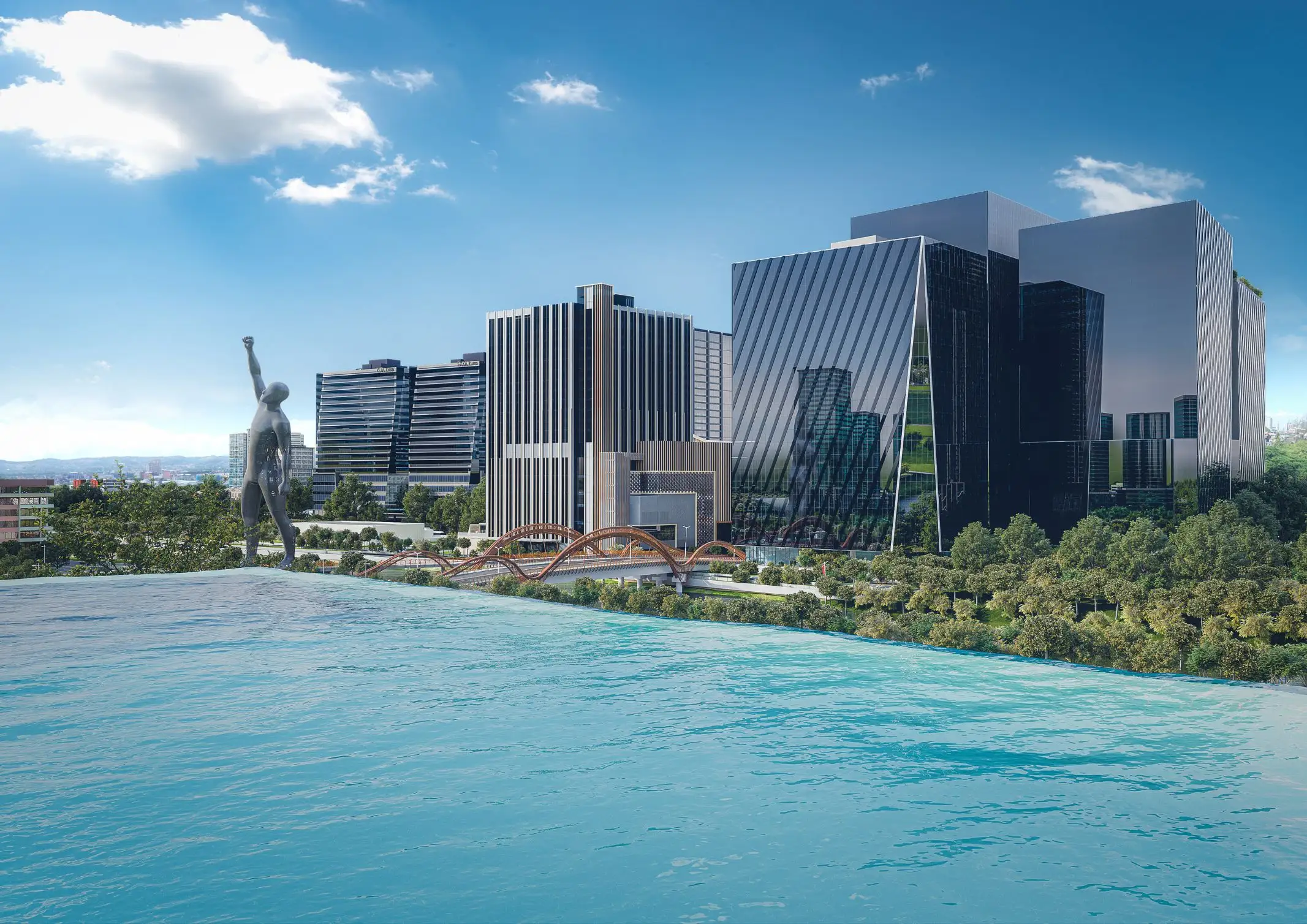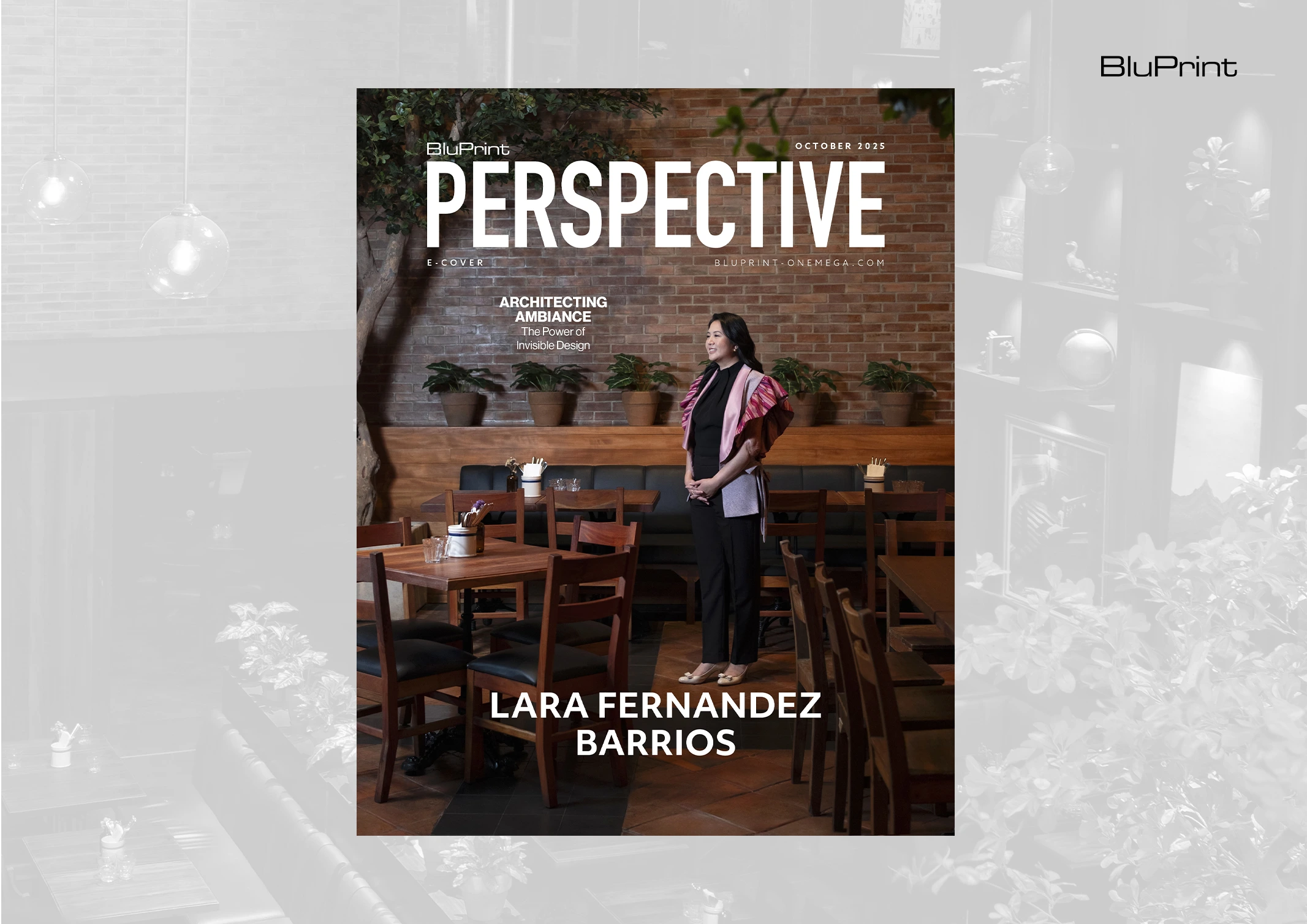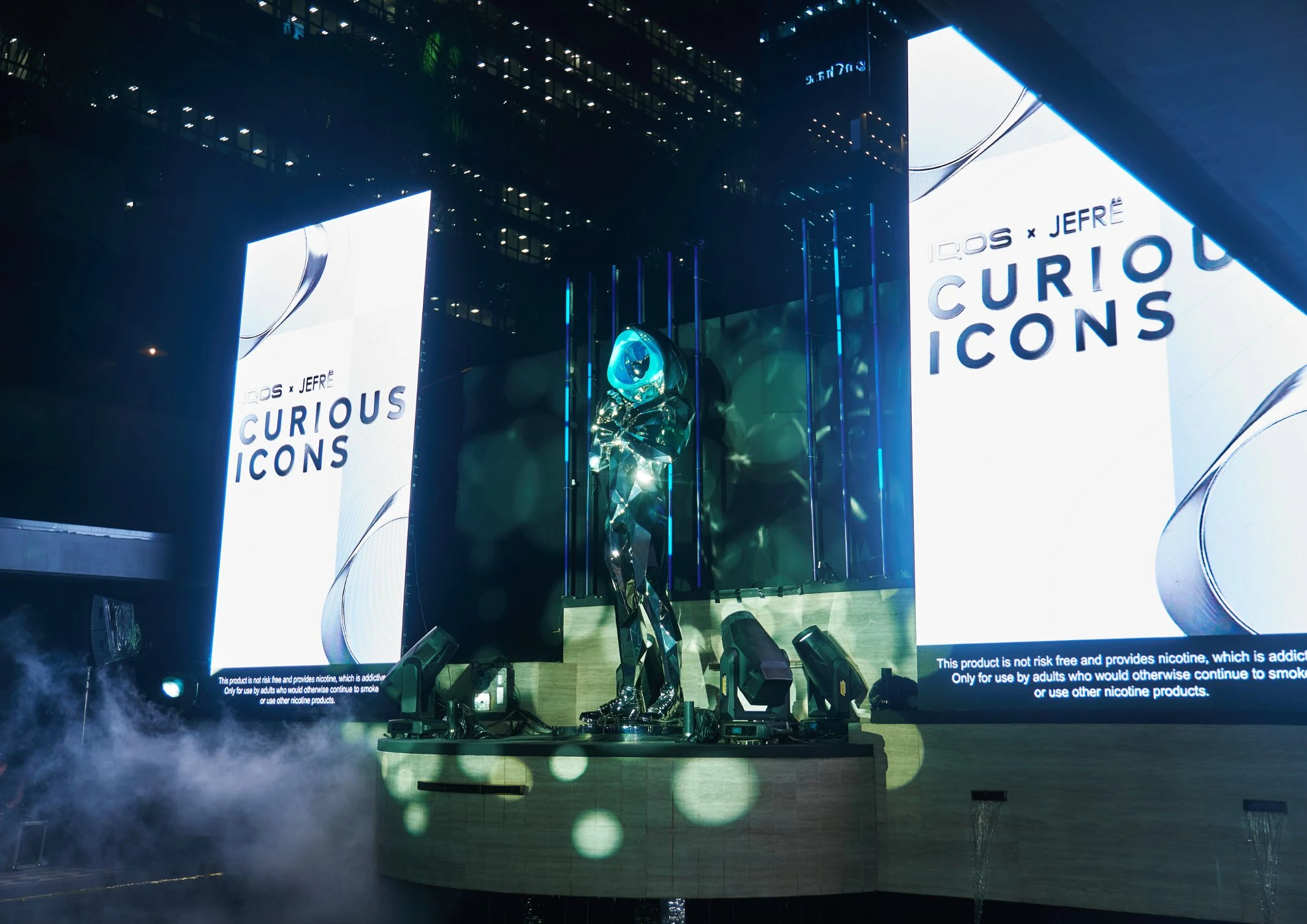With an understated yet pragmatic approach, IDr Wilan Dayrit transforms residences into sanctuaries—spaces that are comfortable, relaxed, and timeless. Two of his recent projects exemplify this philosophy, each tailored to the lifestyle and personality of a discerning homeowner, yet united by Dayrit’s careful curation and the craftsmanship of the furniture pieces and elements he selects […]
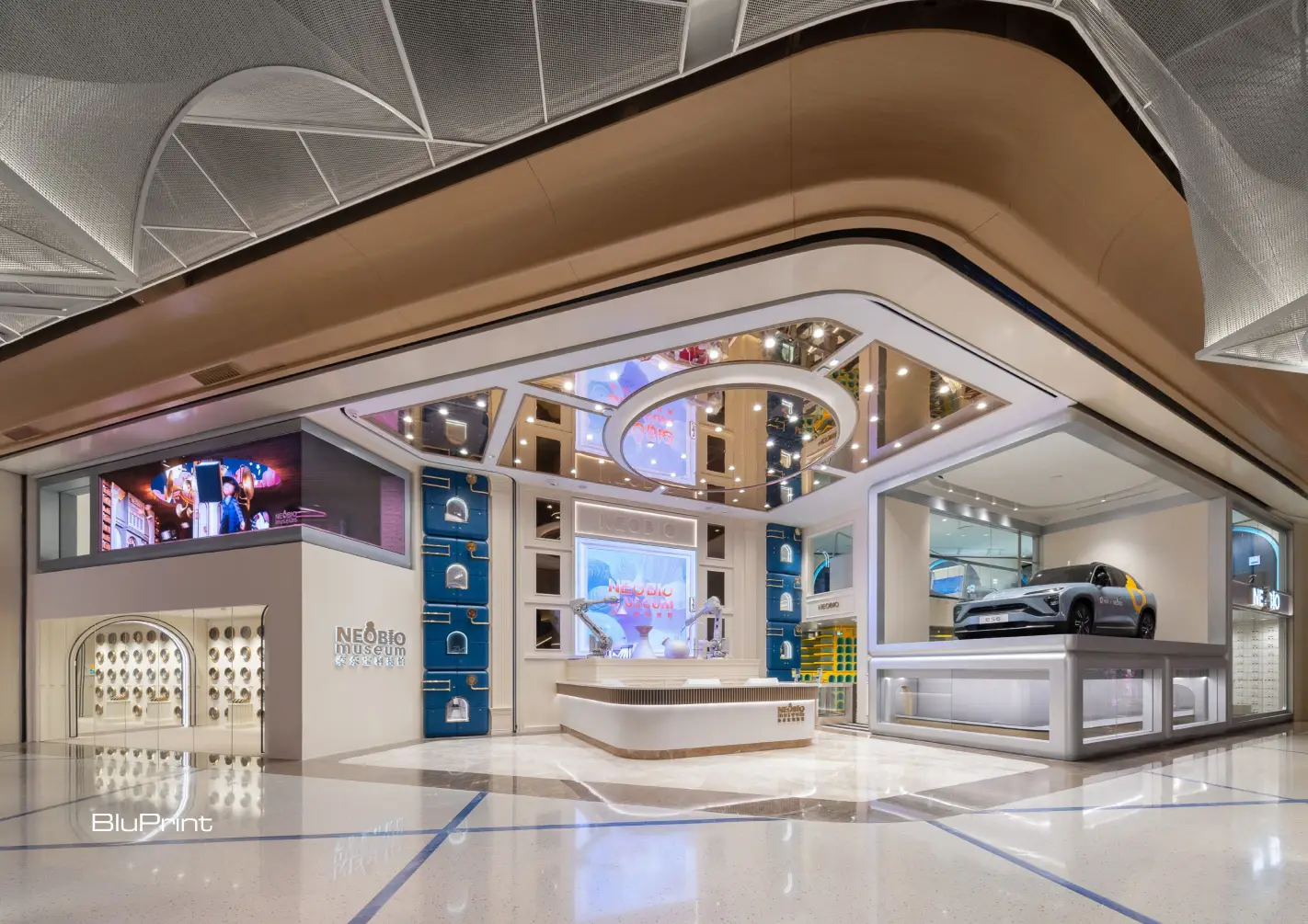
Neobio Museum Gives Visitors with Renewed Awe for Science
For the Neobio Museum in Singapore, designer Yoon Sung of KR+D crafted a multi-sensory exhibition that gives visitors a fuller sense of where science and nature merge. The museum pulses with life as architecture and technology work together to create something captivating that will be etched in the memories of families forever.

The vision behind it is the creative utilization of state-of-the-art technology. Innovative design ideas that highlight the various exhibits, allowing a more intuitive experience. All of these elements come together for a unique scientific engagement that tantalizes as much as it illuminates.
“More than just a museum, the Neobio Museum is an awe-inspiring journey that transports visitors into the heart of the natural world,” the architects state. Through its visionary approach, the museum has achieved a seamless fusion of art, science, and technology, revolutionizing the way we perceive and engage with natural history.”
Engaging with Natural History
Multiple aspects of natural history converge within the Neobio Museum. It covers our Earth’s evolution into what it is today and the different eras of human civilization that followed. The natural history sections feature interactive areas where visitors can explore everyday phenomena such as wind power, plant life cycles, elemental interactions, and astronomy.
And for human history, we see the way we harnessed the science of these naturally-occurring phenomena towards something new. Entire sections are dedicated to space travel and engineering, music and sound, as well as automotive history and mechanics.

The museum gives visitors a way to see how we leverage knowledge to our advantage, creating a more livable world for ourselves in the process. The Neobio isn’t just about how cool nature or technology is, but how they are essentially feeding the other information to create the modern society we see today. It crafts a linked, integrative narrative.
“Spanning diverse fields such as natural science, avant-garde technology, and aerospace exploration, the museum provides full sensory and interactive experiences,” the architects said. “Each exhibit engages visitors on multiple levels, enabling them to understand the intricate relationships between.”
Using Design to Augment Exhibits
KR+D designed the Neobio Museum to be interactive to involve visitors in as much of the experience as possible. It goes further the typical museum experience, engaging them with as close to first-hand experience on the subject matter as possible.
The overall design is sleek and curved, mixing metallic structures and mirrored surfaces with bright lights and signages. This feels intuitive in how it leads visitors from one section to another as if they were moving through the chapters in a vast story.
Different technologies are used to add a sense of interactive futurism evoked by the design. Two robotic arms greet visitors at the reception area, for example, to showcase “the convergence of human and artificial intelligence.”

Beyond that, the Neobio Museum focuses on a reactive environment in the technology it uses. These systems are made to be immersive, bridging the gap between the confines of the museum and the needs of learning. There’s virtual or augmented reality, touchable screens, and different models and machines that provide tactile experiences on the topics being discussed.
It converges together in a museum that isn’t just something you look at, but you experience yourself.

“Each exhibit is thoughtfully designed to guide visitors on a captivating journey, unveiling the interconnectedness of the natural world,” the architects said. “The seamless transitions between exhibits and the strategic placement of artifacts and artworks create a cohesive and engaging narrative flow. The spatial design itself becomes an integral part of the storytelling, subtly guiding visitors through a series of thought-provoking and emotionally resonant experiences.”
A Heartland for Developing Critical Thinking

At its core, the Neobio Museum provides fun activities that function in giving children an avenue to develop their critical thinking skills. Half the battle of learning is actually getting to do things yourself, to allow kids to make connections that will help them build further in the future.
The interactive, experiential design of the Neobio Museum allows that to happen. It treats learning as an adventure, positioning knowledge- and skill-building as enjoyable undertakings. Everything is designed around the subject matter and how to best educate children through experience; from the architecture to the choice of technology.
“Through its design innovation, immersive exhibitions, interactive education, and commitment to cultivating scientific literacy, the museum has redefined the museum experience, and plays a vital role in fostering a new generation of scientifically literate citizens,” the project write-up said.
Photos provided by the architects.
Related reading: UP Manila Museum of a History of Ideas houses the intangible
